The Beechgrove Garden 2022 episode 26: It’s the last show of a fabulous growing season, and there’s a team of gardeners on hand at Beechgrove to give more great advice and also to look back at how this garden, and their own ones, have performed.
Carole Baxter, George Anderson, Calum Clunie and Kirsty Wilson all have great tips. Calum is putting the finishing touches to his new garden at Beechgrove, Kirsty is planting bulbs for great spring colour, Carole reveals the results of the giant tattie competition and George looks over his garden at Sunny Joppa. There are also handy hints covering lots of autumn and winter jobs that can get done before Beechgrove returns next year.
Celebrating the great Scottish garden. Tips and advice to get the most out of your garden, with inspirational ideas from Scotland’s most beautiful green spaces. The Beechgrove Garden has been on air since 1978 and remains a firm favourite with audiences in Scotland. It consistently outperforms what is being screened by BBC Network in the same slot. At the heart of the series is a 2.5 acre home garden, situated on a cold, inhospitable slope west of Aberdeen, deliberately chosen to reflect Scotland’s harsher climate.
Horticultural advice in gardening magazines and on UK network gardening programmes is rarely suitable for most of the UK outside the South East of England. Beechgrove shares with its viewers the weekly challenge to work with the Scottish conditions to produce maximum yield of as many varieties as possible of fruit, flowers and vegetables.
The Beechgrove Garden 2022 episode 26
Potatoes – Growing your own
Potatoes are hugely versatile and a staple ingredient of many meals in one form or another – boiled, mashed, chipped or baked. Potatoes are classified as being either earlies or maincrops. Early varieties are ready to harvest much sooner than maincrops and are what we call ‘new potatoes’. Maincrop varieties are in the ground a lot longer. They produce a larger harvest and bigger potatoes.
Potatoes are grown from specially prepared ‘seed’ potatoes. These are just like potatoes you buy from the supermarket, but they’re certified virus-free. You can buy seed potatoes from late winter onwards. You then start them off indoors by letting them sprout, before they are planted.
It’s important with earlies, and a good idea with maincrops, to ‘chit’ the seed potatoes before planting. This means allowing them to start sprouting shoots. Stand them rose end up (the end with the most small dents, or eyes) in egg boxes or trays in a light, frost-free place. The potatoes are ready to plant when the shoots are about 3cm (1in) long. With early potatoes, rub off the weakest shoots, leaving four per tuber.
Potato plants need ‘earthing up’ as they grow, to protect early shoots from frost damage and ensure the developing potatoes aren’t exposed to light, which turns them green and poisonous. It’s a simple process – once the stems are about 23cm (9in) tall, draw soil up around them, creating a ridge about 15cm (6in) high. As the stems grow, repeat the process several times. The final height of the ridge should be 20–30cm (8in–1ft).
Keep the plants well watered in dry weather – particularly once the tubers start to form. Maincrop potatoes benefit from a nitrogen-rich fertiliser around the time of the second earthing up.
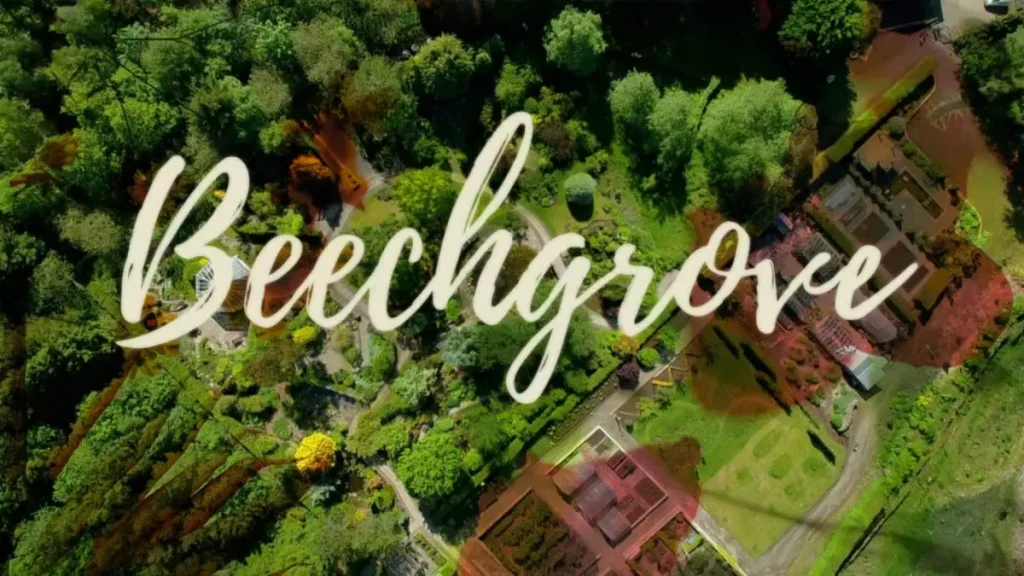
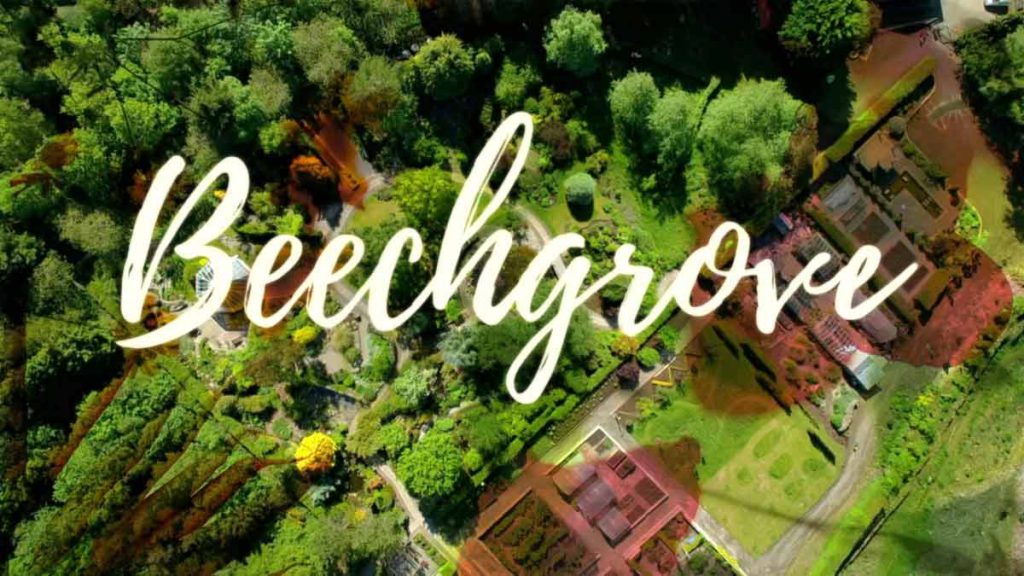
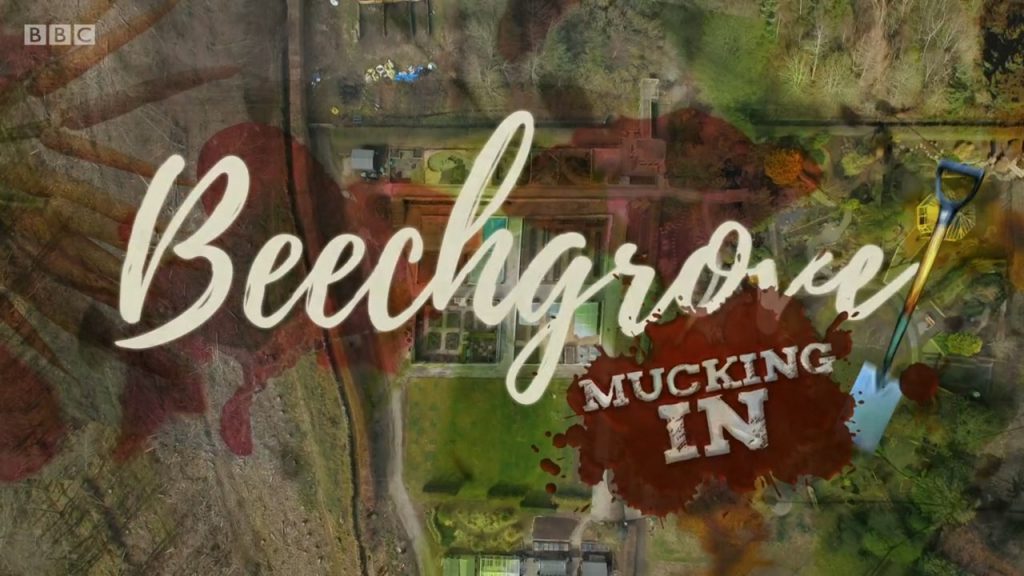
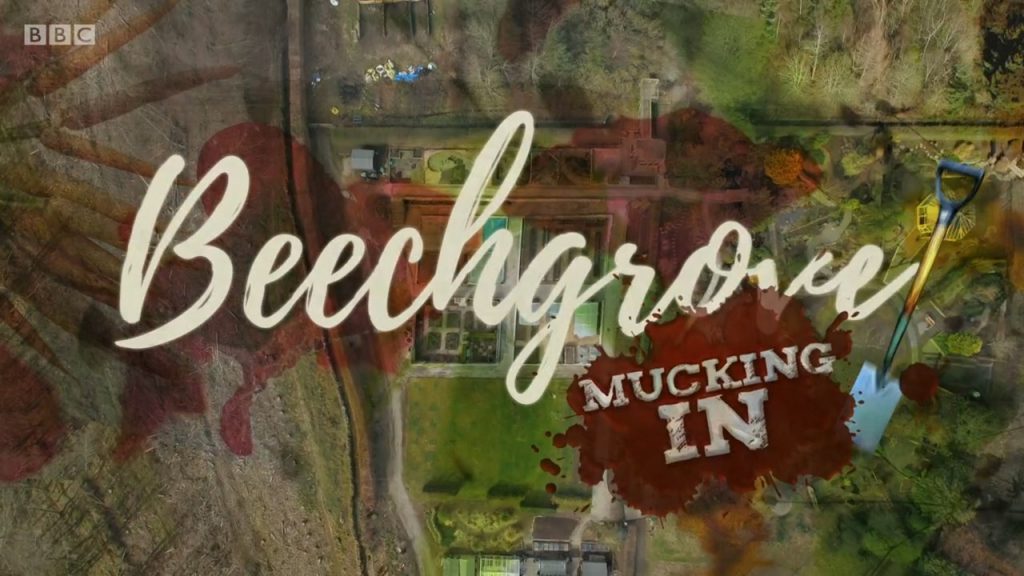
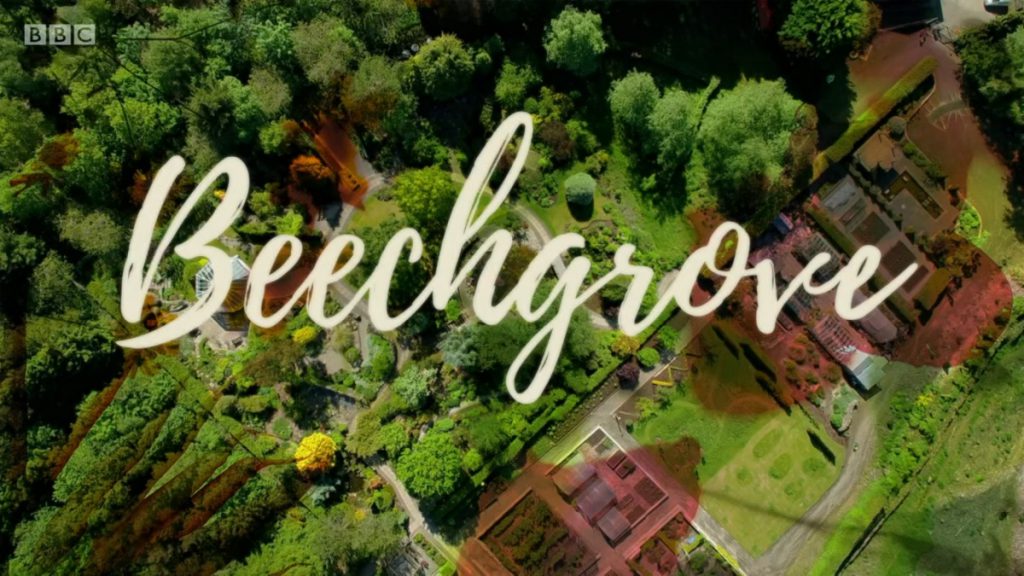
Episode 25 is the same as E 26?
ok, a mistake has been made, come bake in 1-2 hours pls